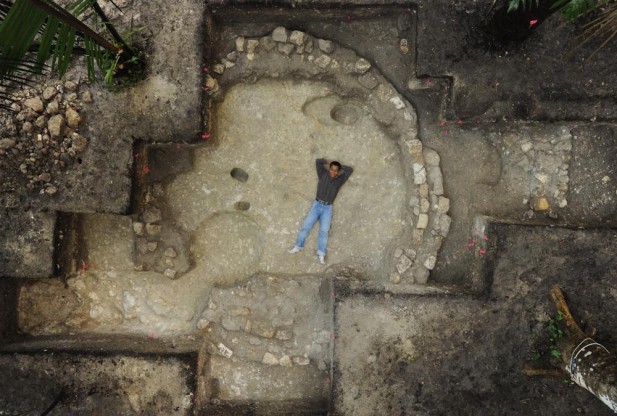
Led by University of Arizona archaeologists Takeshi Inomata and Daniela Triadan, the team's excavations of the ancient Maya lowlands site of Ceibal suggest that as the society transitioned from a heavy reliance on foraging to farming, mobile communities and settled groups co-existed and may have come together to collaborate on construction projects and participate in public ceremonies.
The findings, to be published this week in Proceedings of the National Academy of Sciences, challenge two common assumptions: that mobile and sedentary groups maintained separate communities, and that public buildings were constructed only after a society had fully put down roots.
"There has been the theory that sedentary and mobile groups co-existed in various parts of the world, but most people thought the sedentary and mobile communities were separate, even though they were in relatively close areas," said Inomata, a UA professor of anthropology and lead author of the PNAS study. "Our study presents the first relatively concrete evidence that mobile and sedentary people came together to build a ceremonial center."
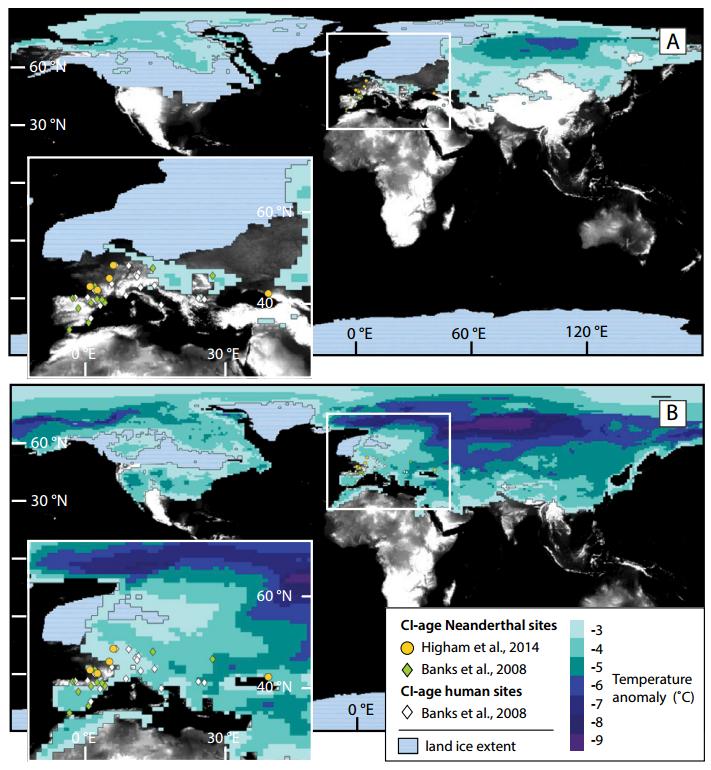
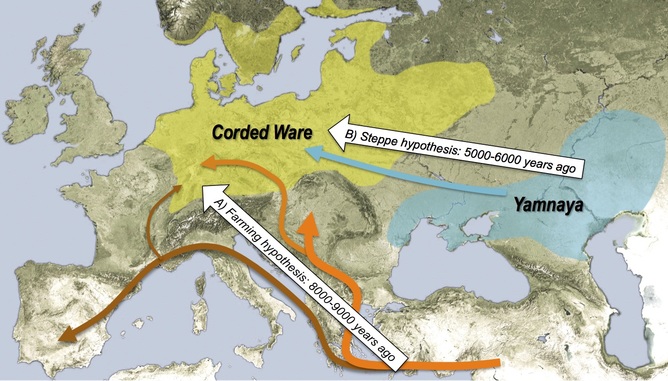
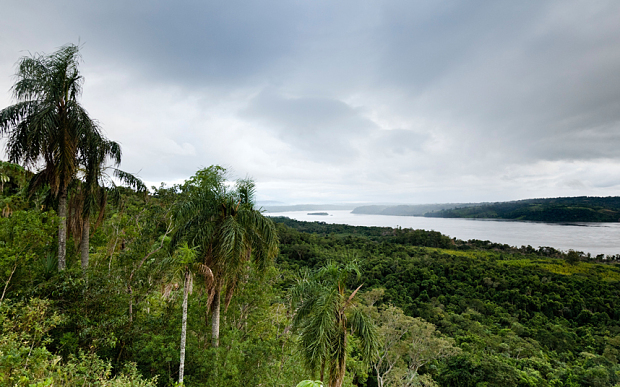

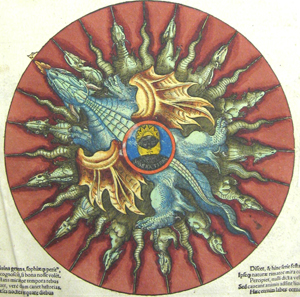
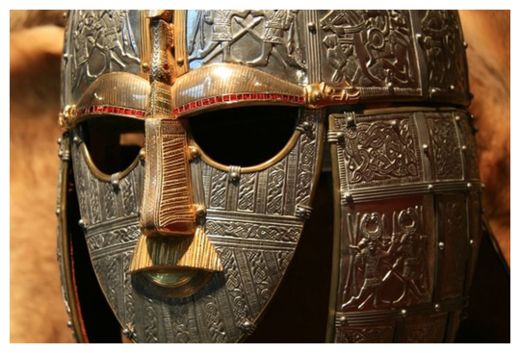
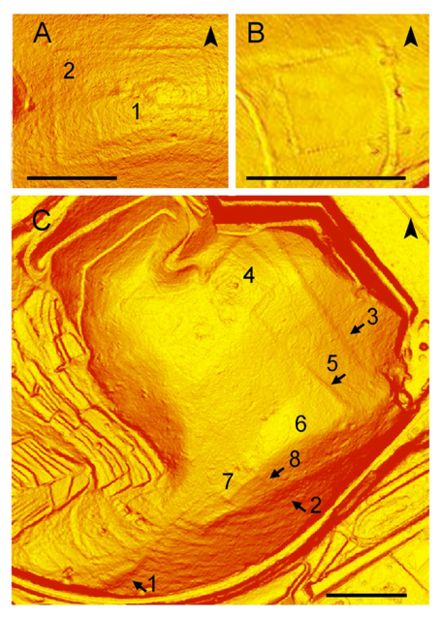
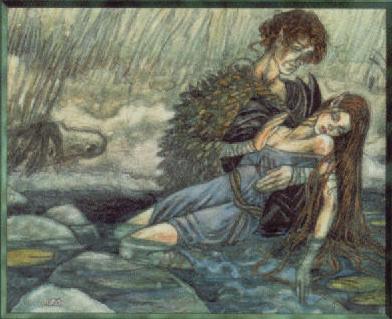
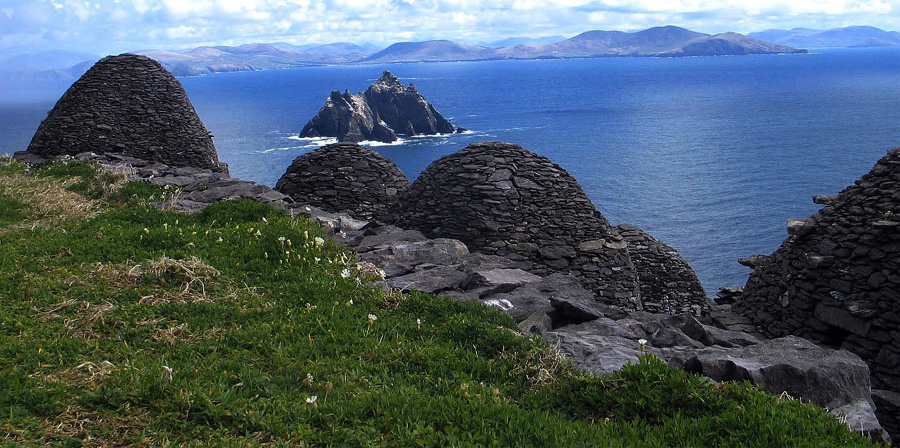
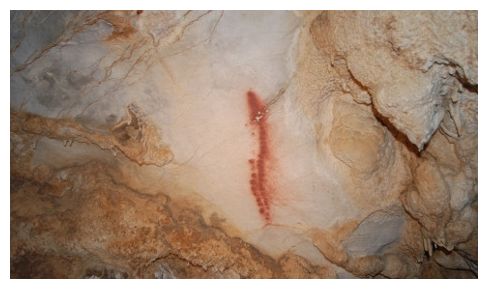



Comment: See also:
New Light on the Black Death: The Cosmic Connection
Black Death found to be Ebola-like virus
New Light on the Black Death: The Viral and Cosmic Connection
Natural allopathic treatment modalities for Ebola
For more on the history on ancient civilizations, the nature of cyclical cosmic catastrophes and much more, read:
The Secret History of the World and its sequels, Comets and the Horns of Moses and Earth Changes and the Human-Cosmic Connection.